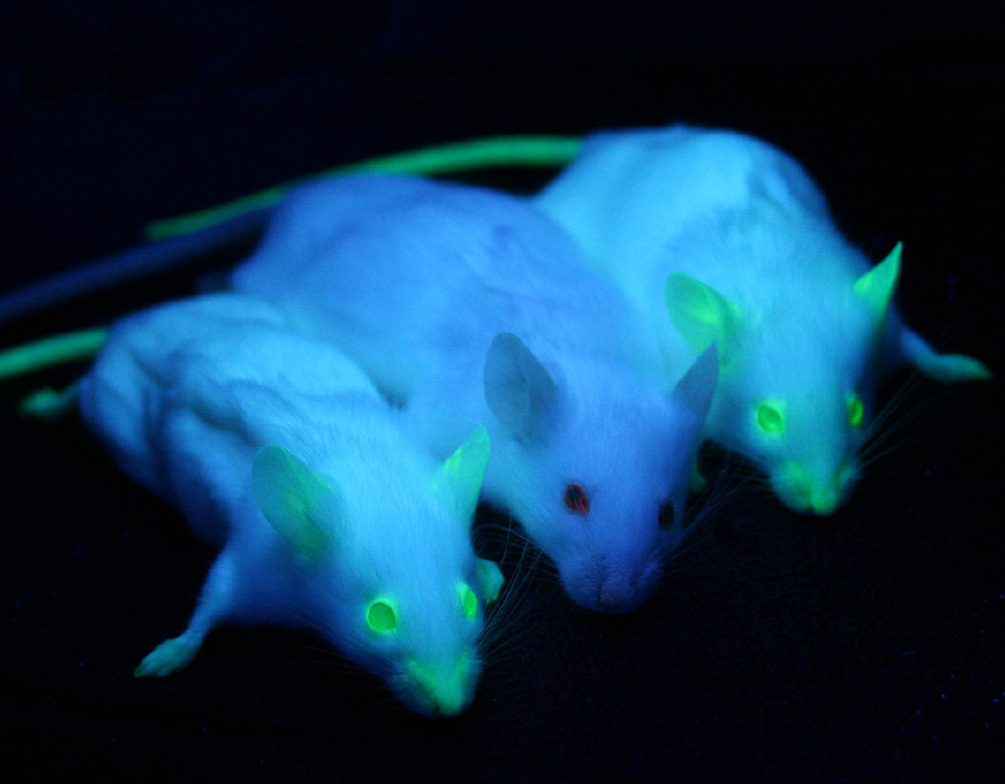
Stanford researchers performed first optical imaging of gene expression in vivo
On Oct. 9, 1997, Stanford researchers announced that in a series of experiments performed in mice and rats, they used ultrasensitive cameras to detect light emitted when certain genes were turned on, even deep within the animals’ tissues.
The team transferred the luciferase gene into the lungs of rats. After injecting luciferin into the rats, the researchers were able to detect, from outside of the animal, light coming from the lungs. The glow indicated that the luciferase gene was active.
The new technique will help researchers know when they have succeeded in transferring a potentially therapeutic gene into lab animals. By linking the luciferase gene to a therapeutic gene, researchers can now use a sensitive imaging device as a noninvasive way to monitor the success of gene transfers in living animals.
Tags:
Source: Stanford Medicine
Credit:
